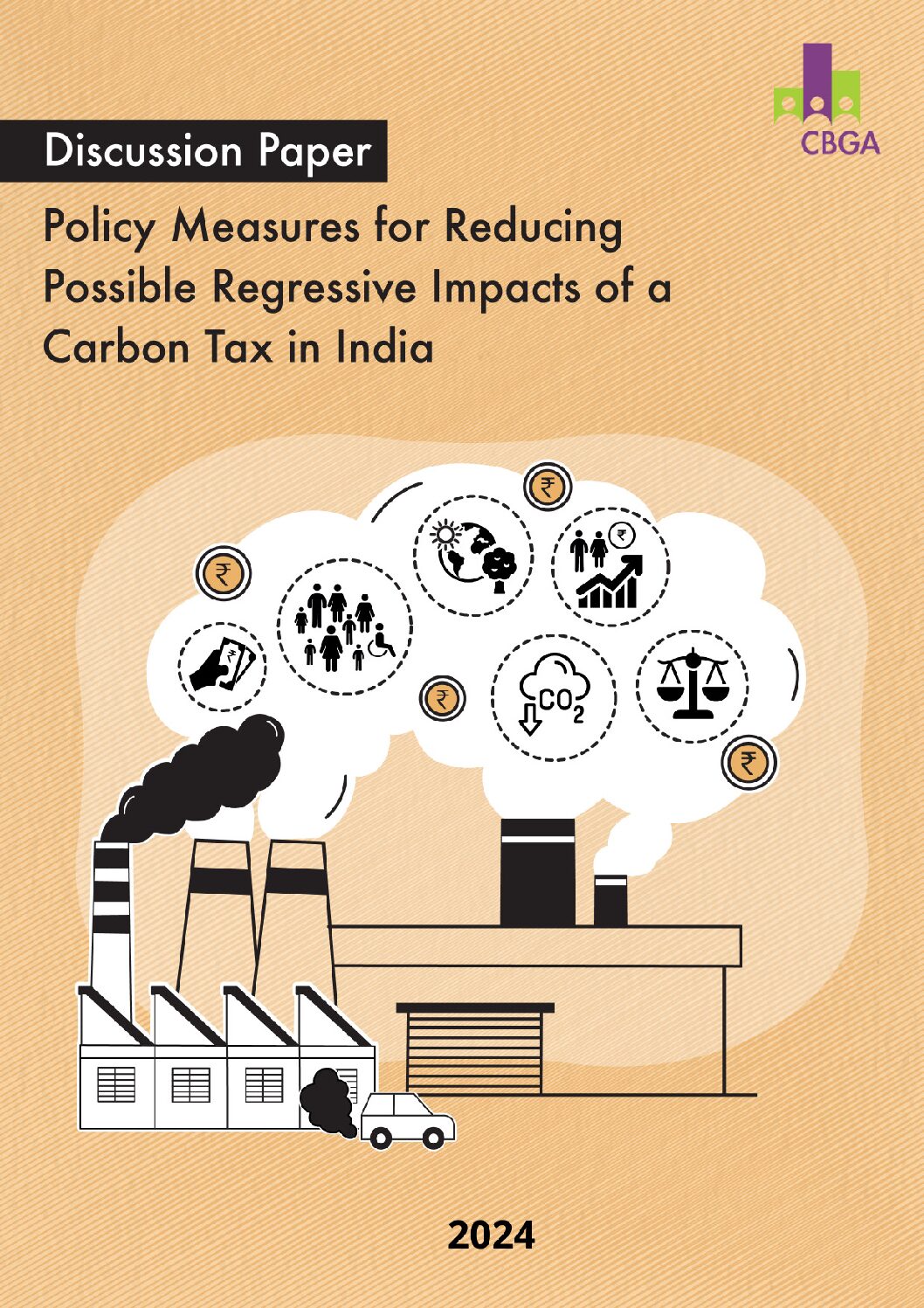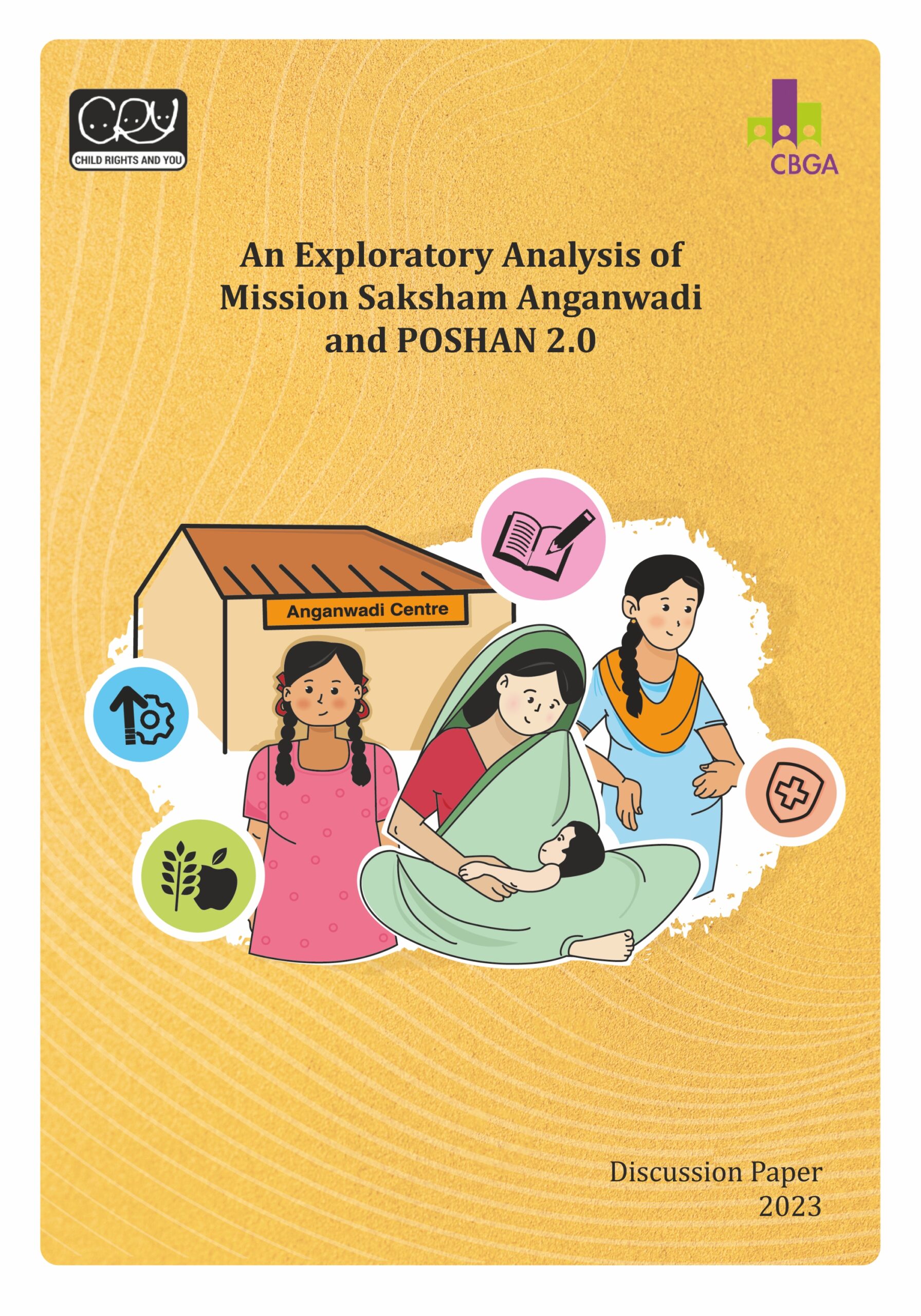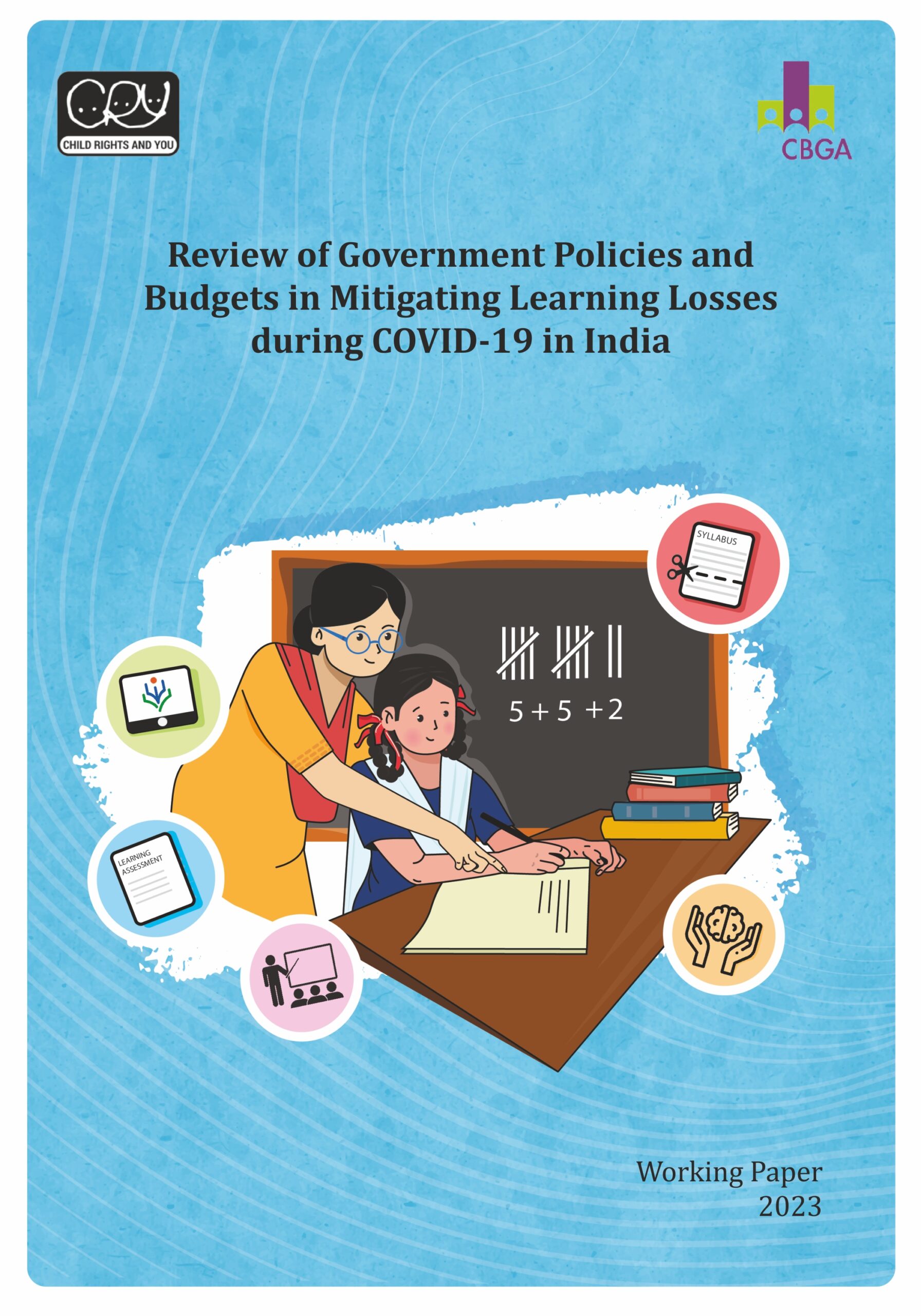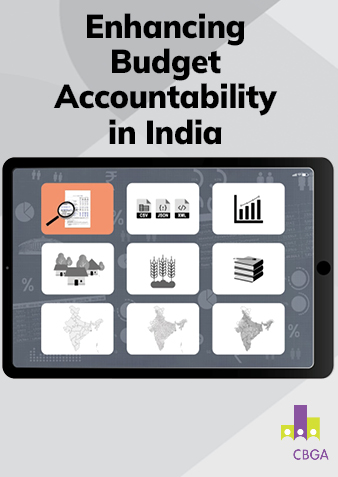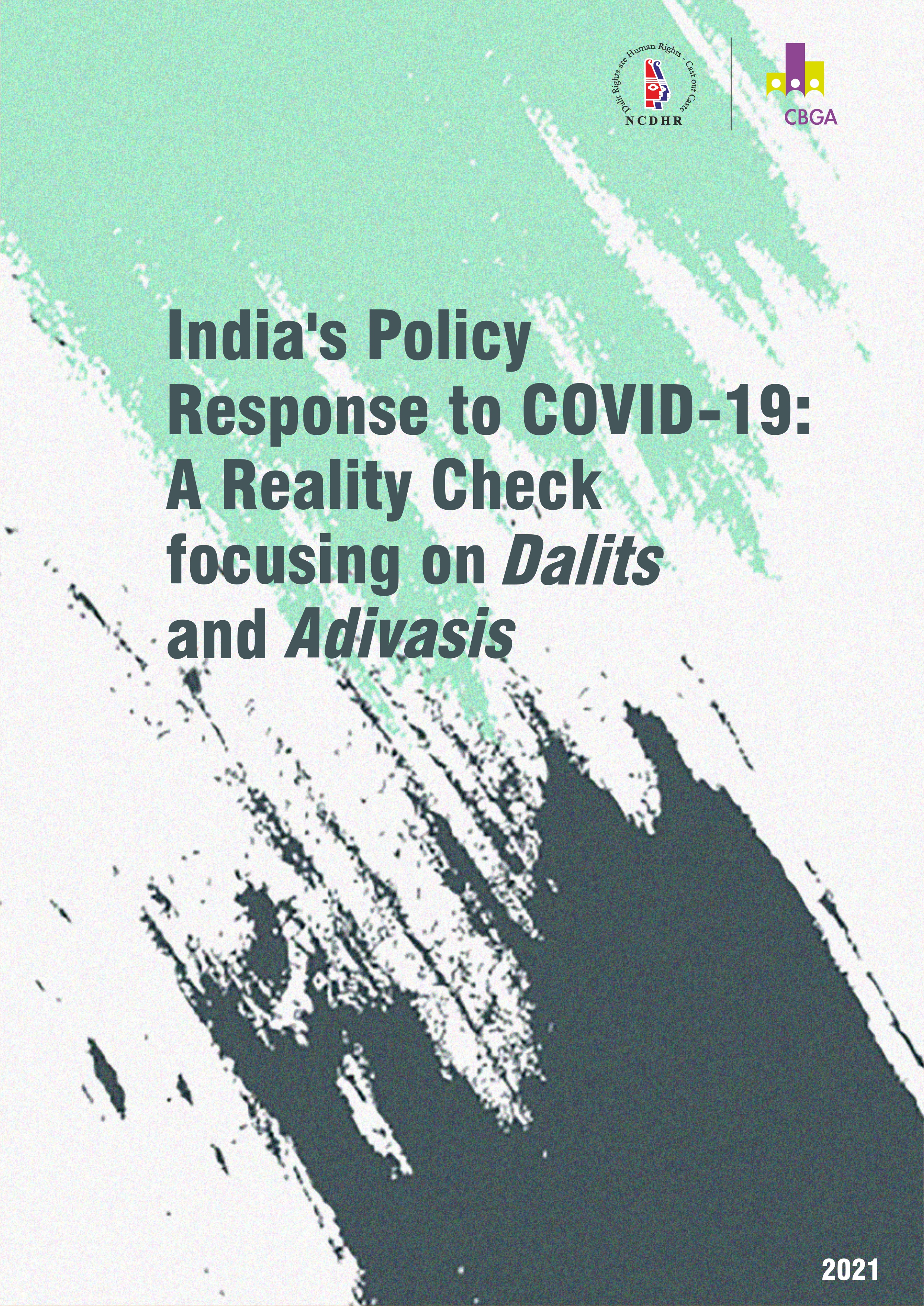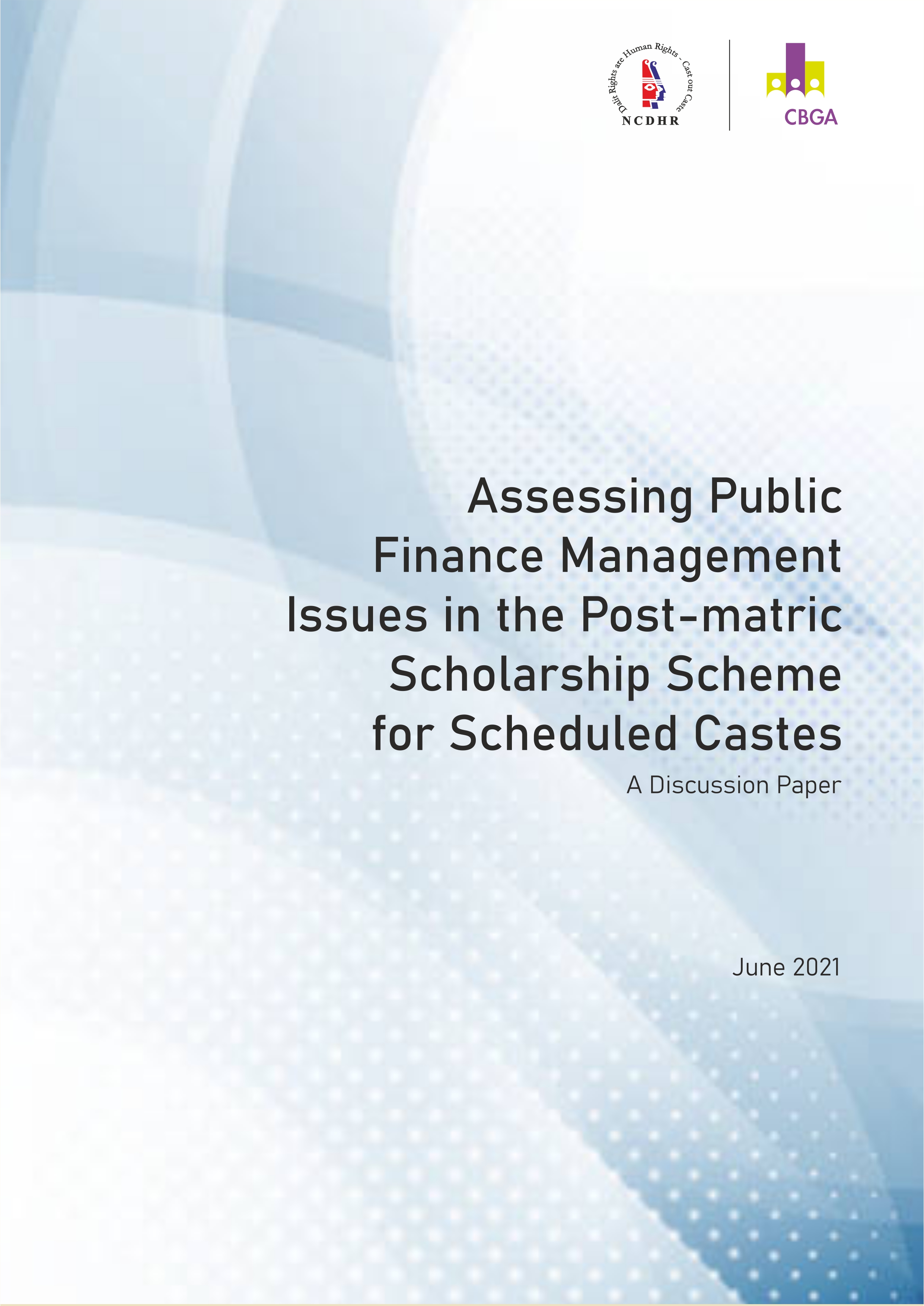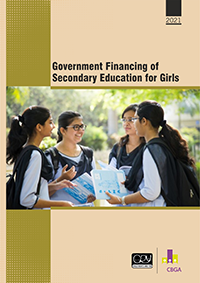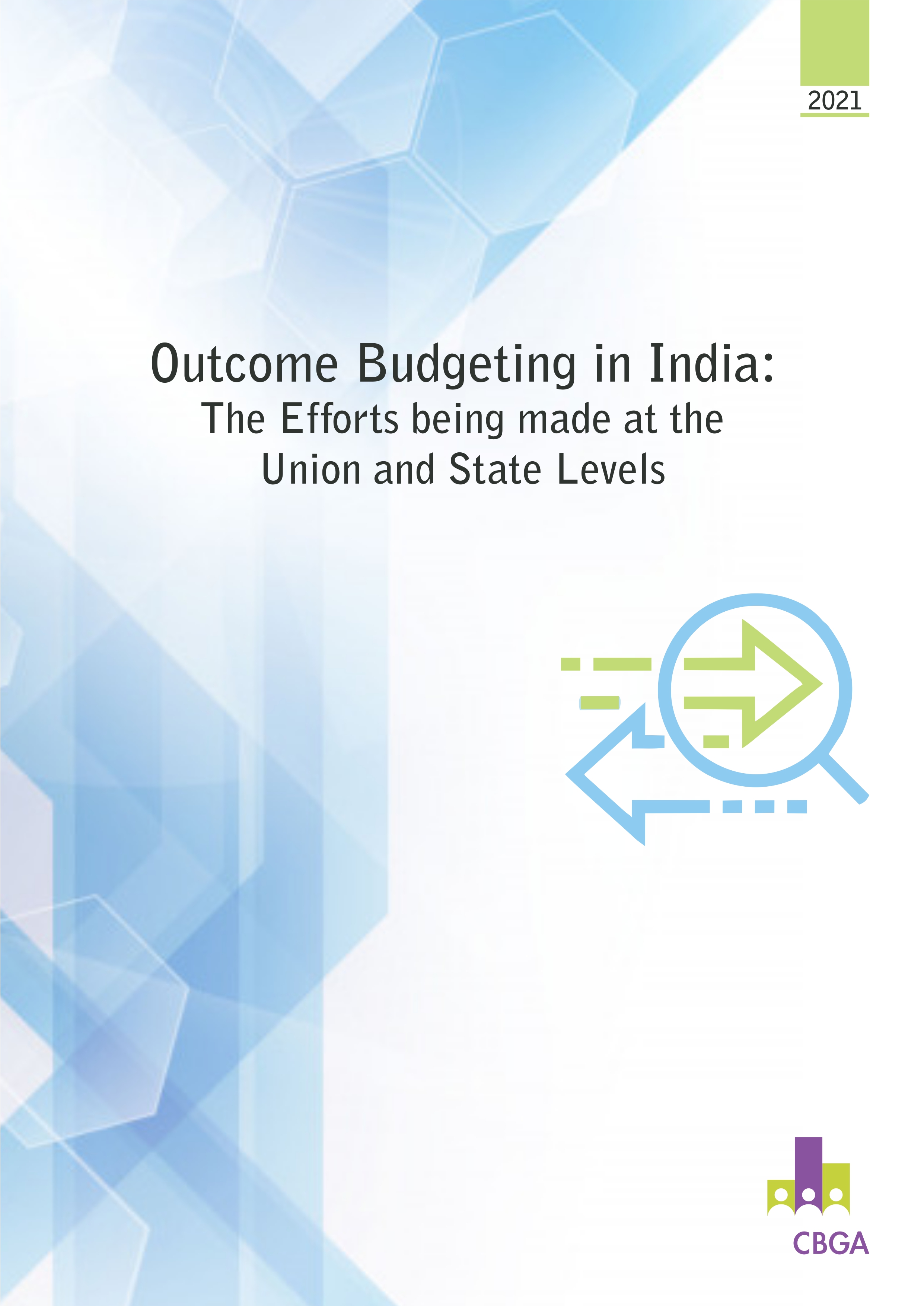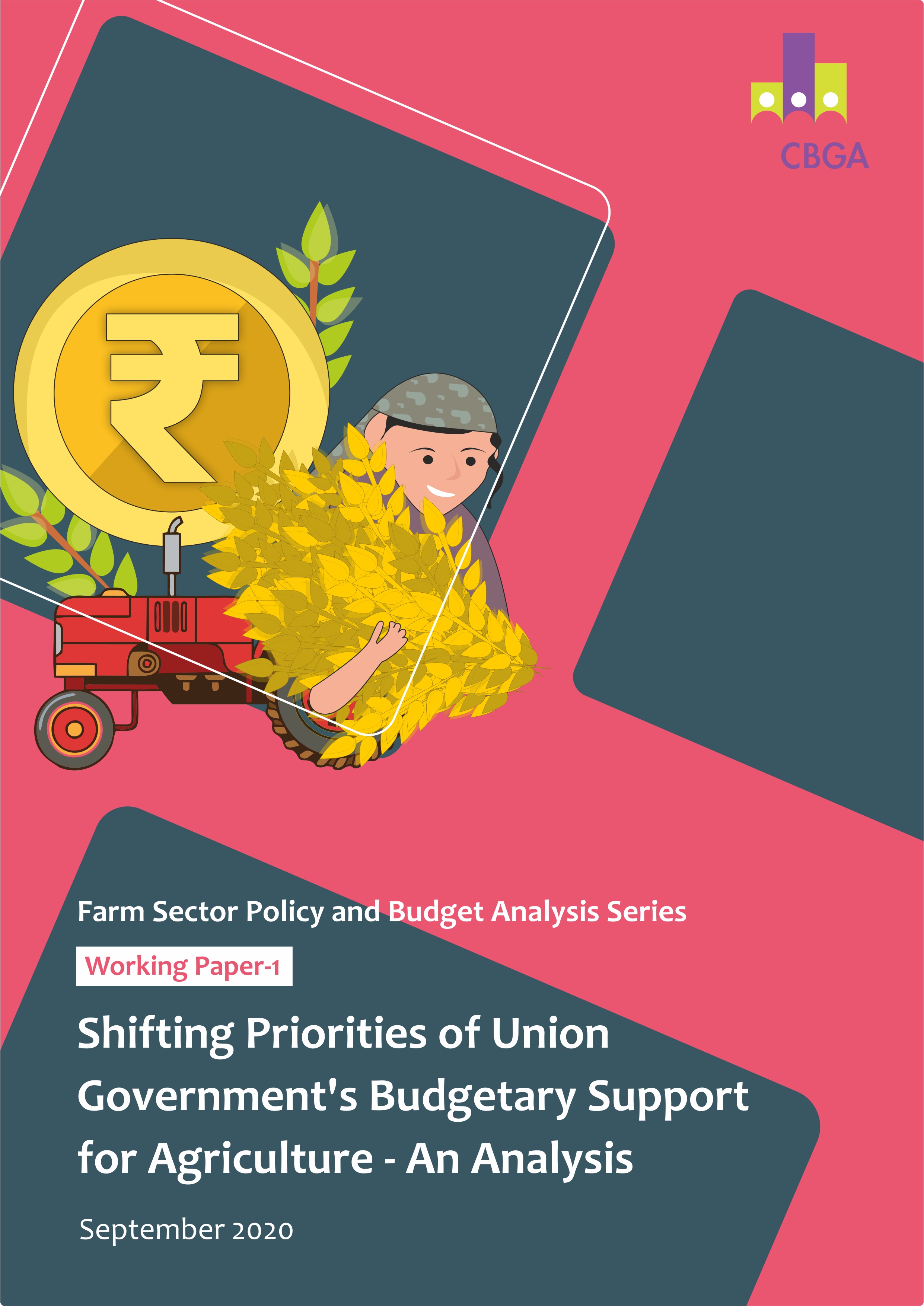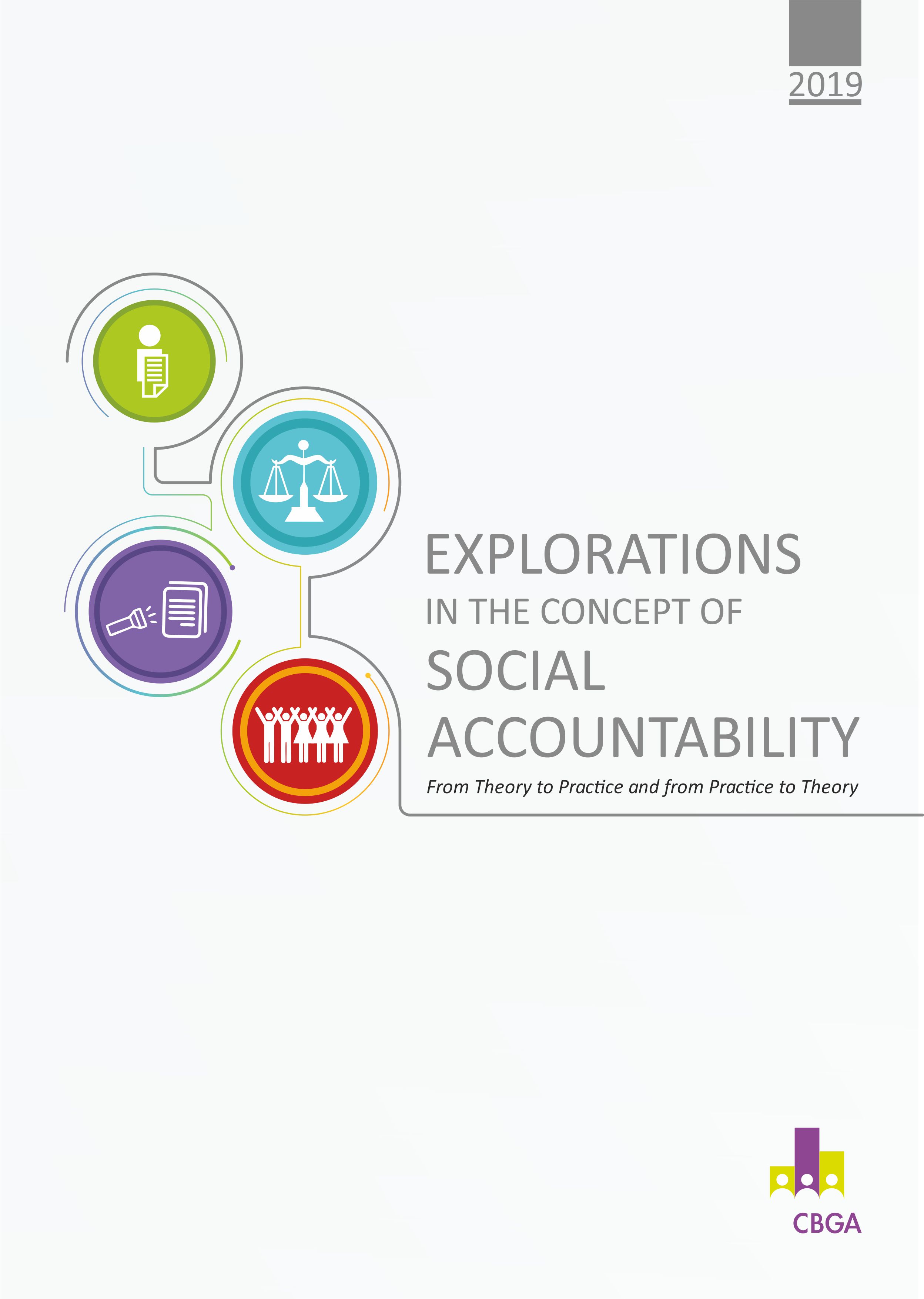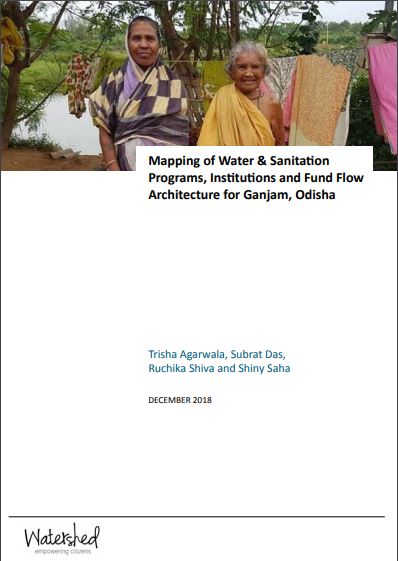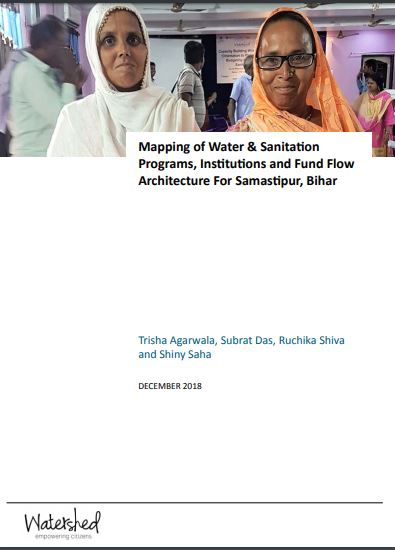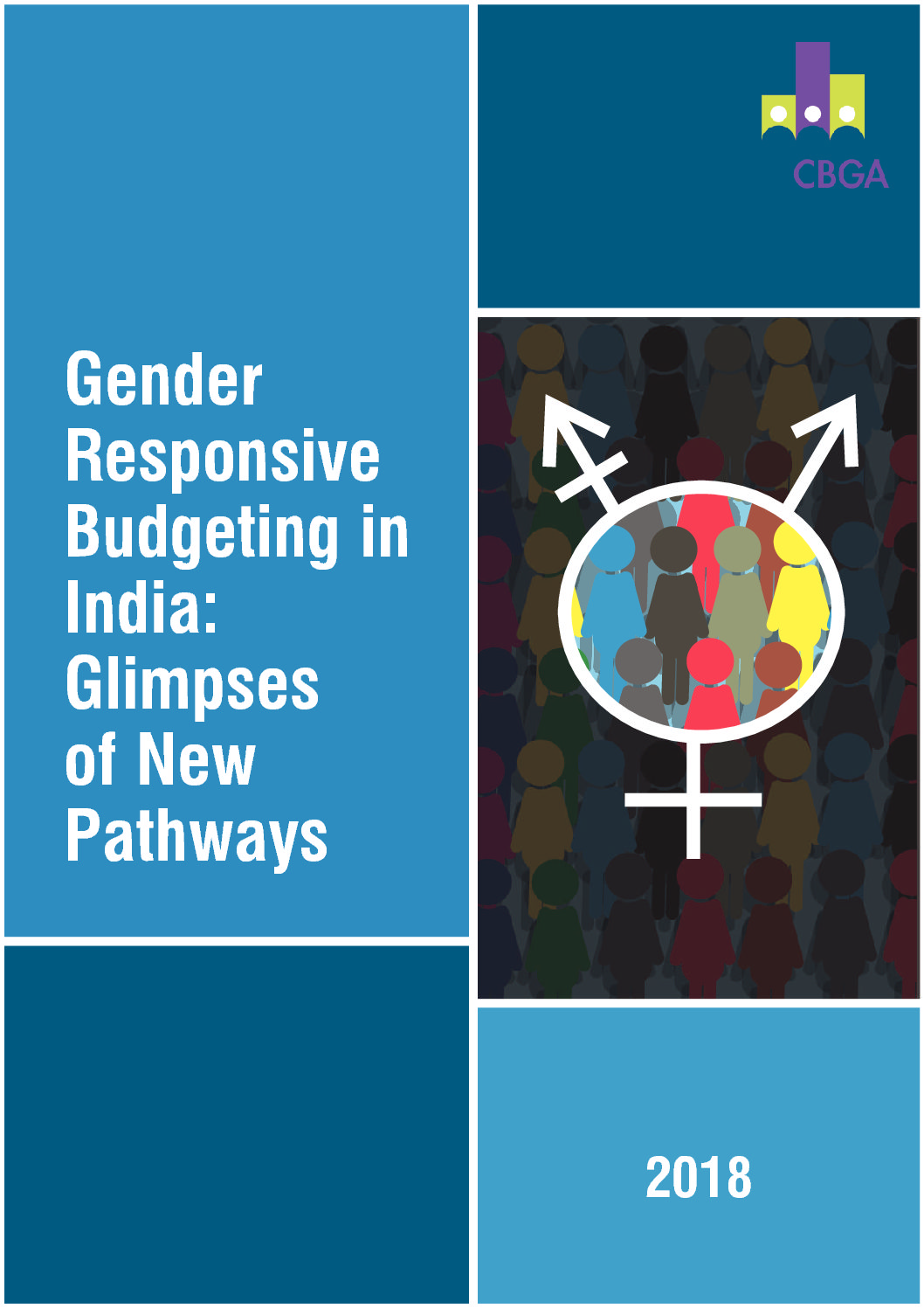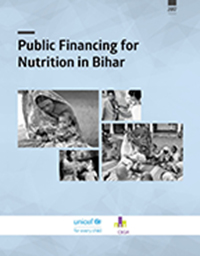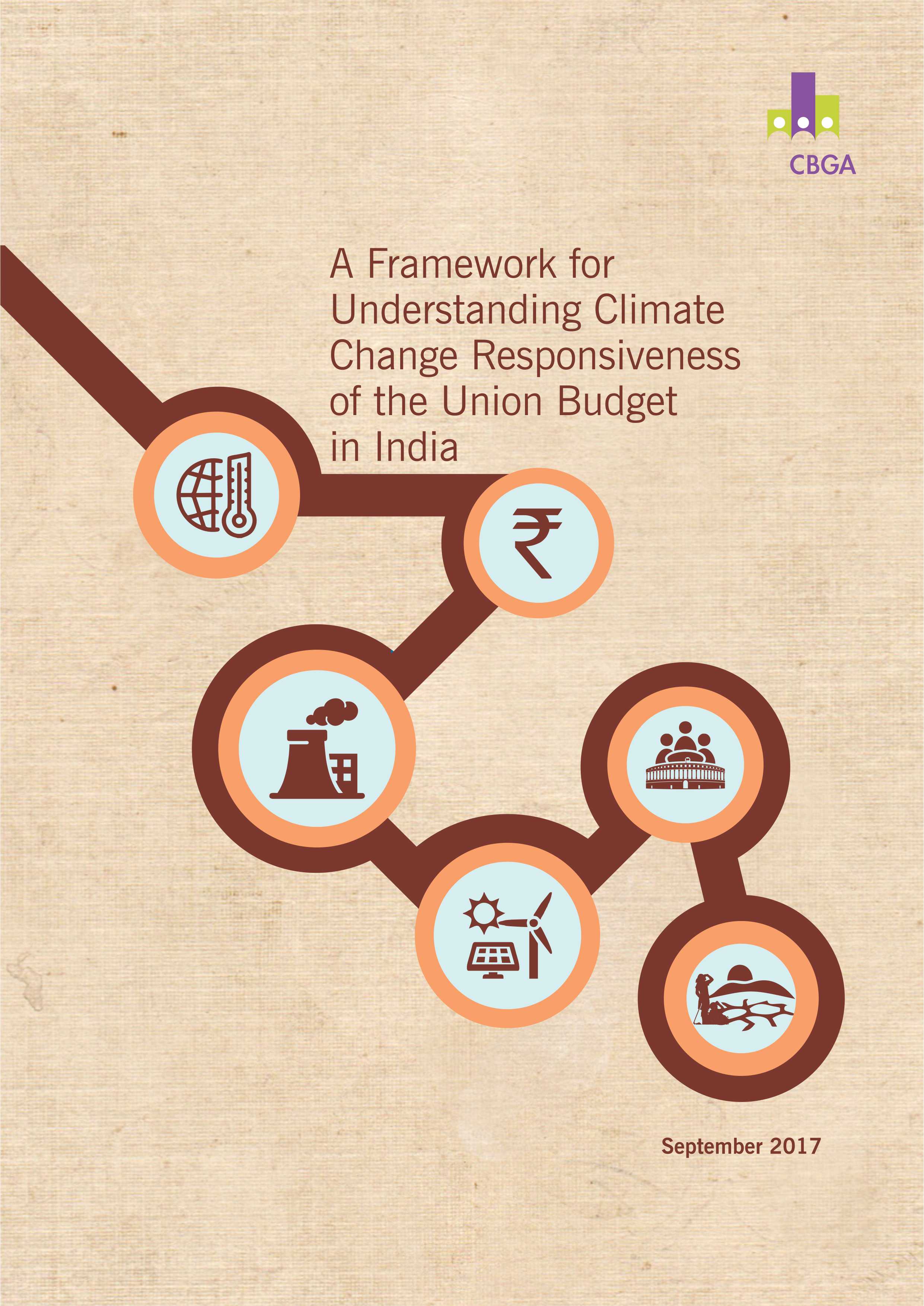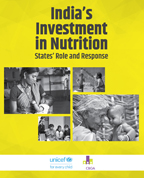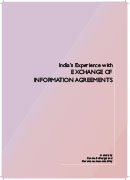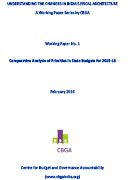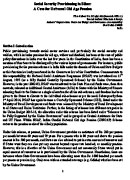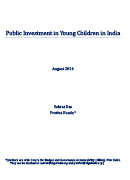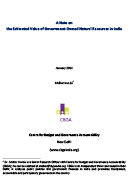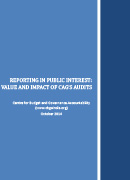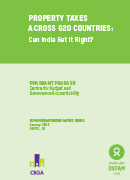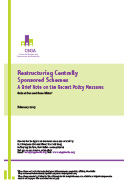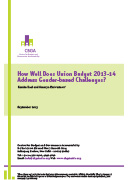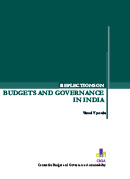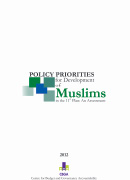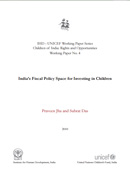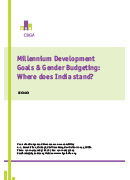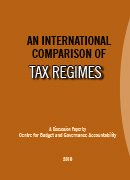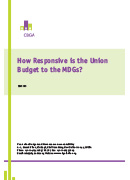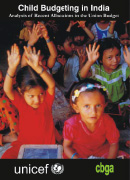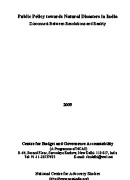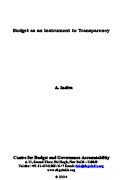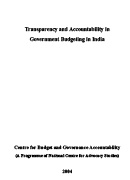Unequal India in an Unequal World: Causes, Consequences & Policy Options
Disparities in income and wealth have all along been present in almost every society across the world.However, the rate of increase in inequality in the distribution of income and wealth has been alarming in recent times. This has generated much concern among policy makers, academics, and even general public. The phenomenon of escalating inequality in income and wealth is found not only between countries, but also within countries – both developed and developing.
Although the supporters of free market mechanism claim that globalization and economic liberalization have the potential to increase the overall output in a country, the experience of the past three decades reveals that these policies have failed to benefit all sections of the society. Inequalities within countries have been growing at a rapid pace particularly since 1980s when more and more economies started embracing neo-liberal policies. Under the growing sway of free market principles, the main focus of the policy makers and international agencies has been on economic growth while the distributional aspect has largely been ignored. The contemporary significance of inequality is huge as the phenomenon has wide-ranging socio-economic ramifications for nations, societies, individuals and their future. Economic inequality is considered to be one of the main contributing factors for the great recession which started during the first decade of the twenty first century from which many countries of the world are yet to recover.
Inequality is observed not in income or wealth alone, but also in a number of other variables. The different dimensions of inequality could be social, political or cultural. However, this paper has attempted mainly to analyse the economic aspects of growing inequality in the world with special focus on India.


